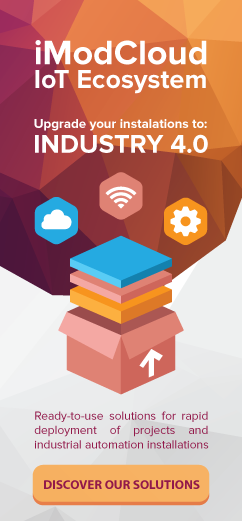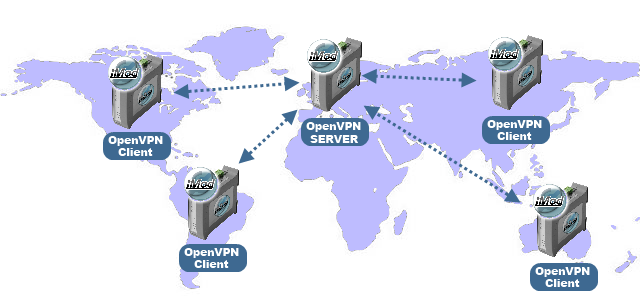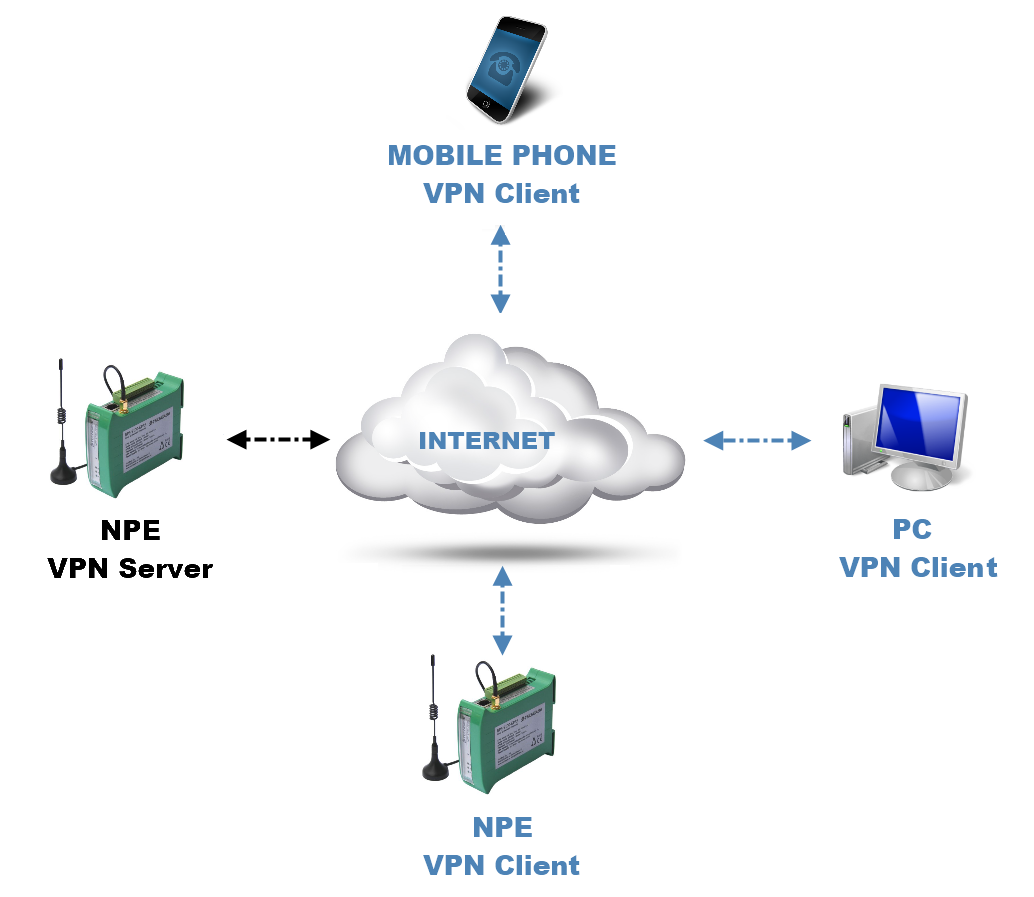VPN on NPE series industrial computers
A Virtual Private Network is a safe tunnel used to send encrypted data between distant local networks or users in the virtual private network through a public network – mainly the internet.
VPN makes it possible to integrate devices in different networks into one virtual subnet. In widely developed VPN networks, it is possible to connect many tunnels with each other. Using VPN gives the capability of communication between clients as though they were in one local network. The NPE Platform has been expanded by VPN connection support.
There are four types of connections in VPN technology:
- IPSec,
- SSL VPN,
- MPLS,
- OpenVPN.
NPE uses the OpenVPN tunneling mechanism in order to realize the connection of different Ethernet networks into one global network. The NPE platform makes it possible to connect with VPN networks using such network interfaces as:
- WiFi,
- GPRS/EDGE,
- Ethernet.
NPE may play the role of a VPN server as well as of a VPN client. This makes it possible to create expansive VPN networks based on NPE and on other devices that have Internet connection capability.
In order to facilitate the use of VPN by the user, additional application management tools are given with the OpenVPN program in NPE. These tools make it possible to make a connection, disconnect, and reconnect with clients or a server and enable the construction of bridges between VPN networks.
In addition, the OpenVPN packet makes it possible to generate and authenticate users in the VPN network using RSA certificates, which increases the security of network traffic.
Advantages:
- Secure distribution of information (data encryption, authentication, tunneling, certificates).
- Flexibility and availability – access from anywhere e.g. through cell phones, PDAs, and notebooks using an internet connection.
- Low costs – an alternative for expensive leased networks.
- In companies where employees work from remote locations or are mobile, or in companies where divisions are found at great distances from one another.
- In financial institutions that require constant exchanging of data with the central information system of the bank
- Distributed systems in which data security is one of the most important criteria (e.g. ATM systems).
- Remote supervision systems for key mediums of transmission (supervision of train operation).

|
iMod - new function: PSQL Event |
|
A new function has been introduced in the iMod telemetric module – the capability of writing Postgre SQL data to a local or external database using a Message channel.
Read article » |
|
|
iMod in complex CANopen networks |
|
The NPE/iMod telemetric module is perfect for use in CANopen networks – you just need to connect the external GW-7433D module included in the a2s.pl catalog offer. This protocol is very often used in the machine operating and automation systems. Its unquestionable advantages are easy installation and advance mechanisms for network error detection.
Read article » |

|
iMod: Case Study Hydropower Plants |
|
Due to a growing demand for electricity people started to look for new forms of energy production, especially from renewable sources.
Read article » |

|
iMod: Case Study – Monitoring of Vehicles |
|
Many of our clients look for innovative solutions in vehicle monitoring projects recently. iMod as a compact fanless solution, equipped with an additional GPS module can be used for this type of application without any problems.
Read article » |

|
iMod – Case Study: renewable energy sources – solar panels |
|
In recent years, use of many types of natural factors and phenomena as primary energy sources is being talked about more and more often and outspokenly. One such renewable source of energy is sunlight...
Read article » |
|
|
Free SMS Gateway |
|
Along with the development of the NX Dynamics platform (dedicated software for theNPE/iMod series devices), we have created a fully functional, free of charge and easy to use SMS gateway.
Read article » |

|
iMod – boiler room monitoring |
|
By using the iMod telemetric module, the boiler room becomes fully automated – all processes are realized automatically, according to pre-defined logical criteria…
Read article » |

|
iMod Case Study: Wind farm monitoring |
|
The iMod telemetric module finds wide applications in monitoring and output management of a single wind turbine as well as of the entire farm.
Read article » |

|
iMod – heating substation monitoring |
|
The iMod, based on the NPE platform as a telemetric module, finds wide applications in heating substation monitoring in large heat transfer stations as well as in compact units.
Read article » |

|
iMod PLC in refrigerating engineering |
|
The iMod telemetric module has a wide range of applications in the field of automation. One of the many branches of industry in which the iMod fulfills the expectations of clients, and the requirements for control systems, is refrigerating engineering.
Read article » |

|
iMod configurable automation controller with expansion modules |
|
Thanks to external M-7xxx modules from the ICPDAS company, the iMod telemetric module has been expanded by additional inputs and outputs.
Read article » |
|
|
The iMod as a fully functional PLC controller |
|
The iMod telemetric module, besides many functions that are ideally suited for use in the fields of telemetry and industrial automation, has been equipped with a new function - PLC.
Read article » |

|
Controlling iMod telemetric module using a TPD series touch HMI |
|
The TPD series of small touch control panels makes it possible to expand the range of capabilities of the iMod telemetry module...
Read article » |
|
|
iMod - remote supervision for wastewater pumping stations PC2000W |
|
Thanks to the apache webserver included inside iMod we have developed a complete hmi application that includes synoptic, pump data, station data, alarms and logger files...
Read article » |
|
|
Building monitoring - iMod with 1-Wire interface |
|
iMod with 1-Wire interface controlls distributed temperature sensors, humidity alarm fire protection and access control (opening doors, windows)
Read article » |



 NPE Introduction
NPE Introduction iModCloud
iModCloud iMod Series
iMod Series






